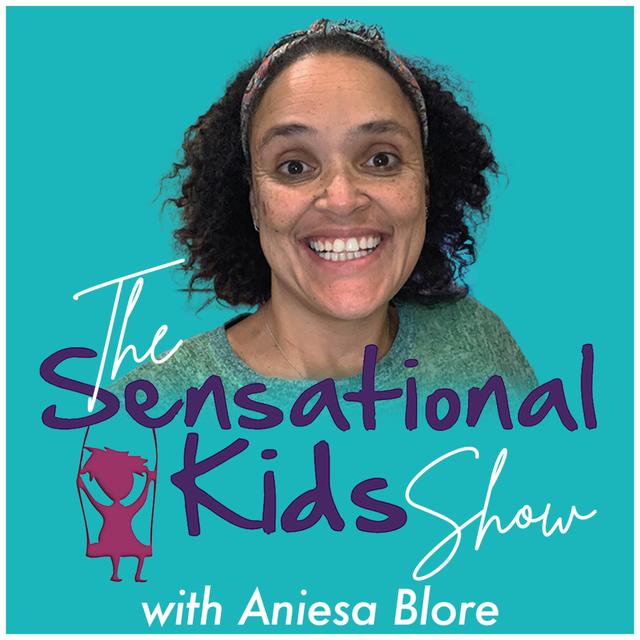
Product Design With ADHD In Mind
Episode description
Sean Fraser, a final-year Product Design degree student, talks to Aniesa about the resources and techniques available to aid ADHD-diagnosed kids in building a better relationship with education.
In part one of this two-part interview, Sean and Aniesa discuss the difference between how girls and boys present their ADHD symptoms, how changes can be made in a classroom setting to accommodate an ADHD student, and the products available on the market to aid productivity and routine.
KEY TAKEAWAYS
- Sean was diagnosed with ADHD at 11 years old and had a lot of support at home that he wishes to replicate for others.
- Aniesa was diagnosed with ADHD at 42
- Aniesa estimates the average age of boys diagnosed with ADHD to be between seven and eleven. For girls, it tends to be later.
- Girls often present the more subtle signs of ADHD, such as speaking out of turn and subtle hyperactivity.
- Parents often turn to Occupational Therapy when they realise their children have problems with self-regulation.
- Questionnaires are sent to parents and teachers to help plot a child's difficulties.
- On average, a child will have 2-3 blocks of Occupational Therapy, each lasting 10-12 weeks.
- Sensory integration techniques are also often used across autism, dyspraxia, developmental coordination disorder, anxiety and depression.
- Children with ADHD often have issues sleeping alone, winding down, and staying asleep.
- Aniesa and her team work with schools to help their students maintain focus, manage impulsivity, and fulfil sensory needs without distracting others.
- There are many recommended products on the market, including apps to aid in task management.
BEST MOMENTS
“Through self-awareness, you get a lot of self-confidence.”
“Sensory integration is probably one of the biggest techniques we use, but always relating it back to function, always relating back to the child's goals.”
“It’s really important that we ask the young person ‘what do you want to get better at?’”
CONTACT METHOD
www.instagram.com/aniesabblore/
www.instagram.com/sensationalkidstherapyuk/
www.facebook.com/sensationalkidslondon
ABOUT THE HOST
Aniesa completed her degree in Occupational Therapy at the University of Stellenbosch, in South Africa. She has since been focusing on paediatrics and sensory processing and integration. She has worked across a range of paediatric fields and has extensive experience in autism, specific learning difficulties, as well as anxiety and emotional regulation.
Aniesa has one teenage son with autism, and one with sensory difficulties. She herself was diagnosed at a late age as having ADHD and has found that understanding her neurodivergence has led to a greater connection with children and their parents.
Hosted on Acast. See acast.com/privacy for more information.
